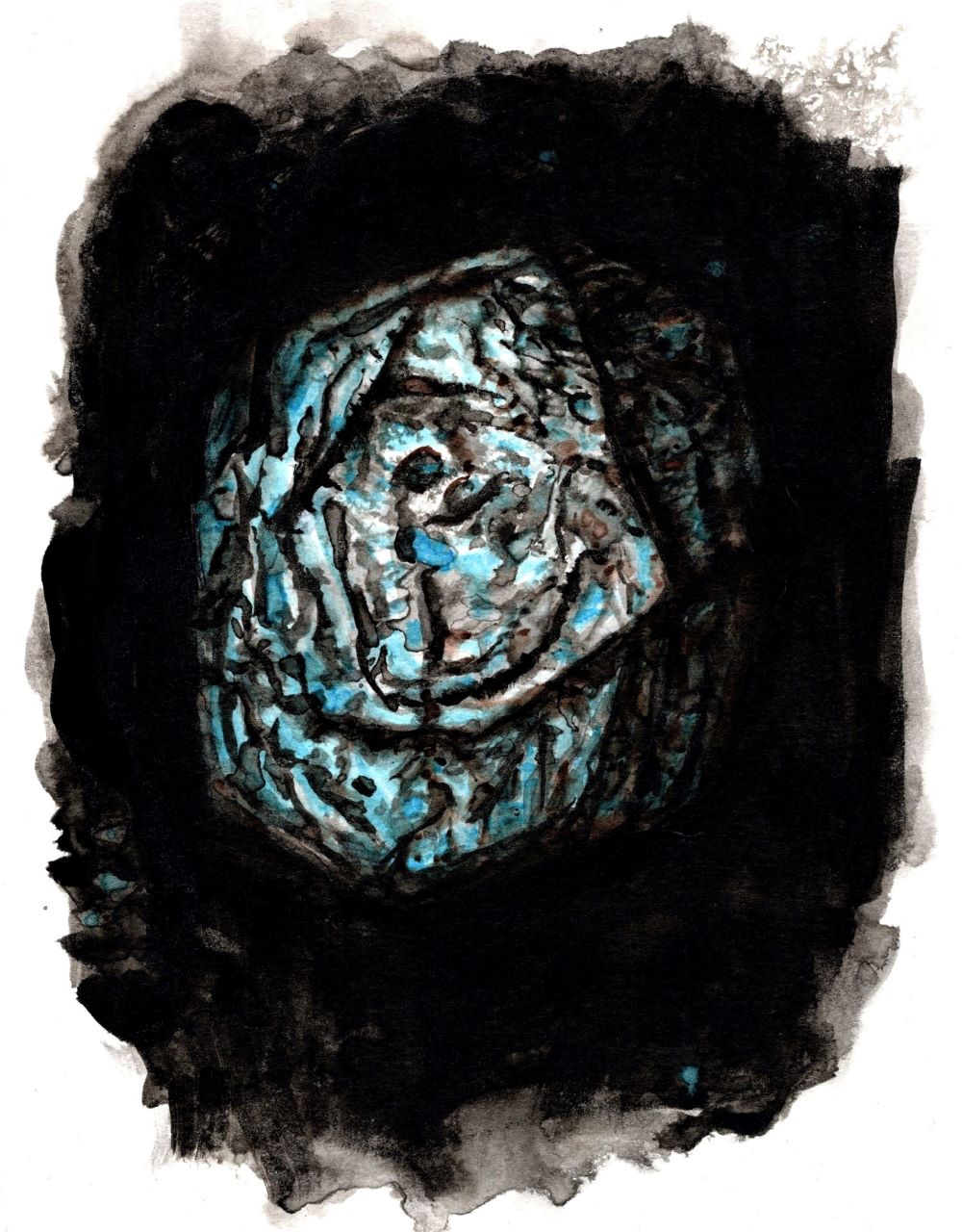The sky was growing darker. It was slowly being covered by large blobs that get smaller and slowly cover patches of the blue sky above Minnesota.
With winter coming the and sporadic rain, the ground was covered with a thin layer of ice. Underneath was snow and frozen dirt. Food was in short supply for animals that stayed through the harsh Midwest winters.
The blobs began to solidify in the sky like a mosaic of brown and white and orange. They swirled and then dispersed single file into the ether of endlessness until each exited view one at a time.
*
Every five and a half years, the minor planet and asteroid 24 Themis’ irregular solar orbit will bring it close to its giant neighbor, Jupiter. The tiny asteroid can feel the enormous planet’s gravitational pull. But this time, after 200 million years, the pull felt stronger, and strangely prickly.
*
24 Themis is surrounded by a family of smaller asteroids named the Themistians. These are siblings and cousins, small and bobbing in place in the soup of blackness that is outer space. Themis always liked reflecting back their images to each on the paper thin layer of ice covering its surface. When this asteroid came close, each member to a member of it’s little family, it felt warmth and comforting pull. But it was only Jupiter’s strong gravitational pull that squeezed water to seep out of its liquid mantle, repaving its slick bright surface.
When 24 Themis came close to Jupiter, it always considered its own quiet insignificance and diminutive size. It flashed back the large planet’s stormy surface in swirls of orange and brown and the blue covering the planet’s vast polar regions. All while choking on the dust of Jupiter’s thin rings.
*
The space between Earth and 24 Themis was immense and a thin line of an almost flightless wild bird defied physics and proceeded to it’s unlikely but instinctive destination, a floating carbon ice covered rock near Jupiter.
*
One by one these ancient birds landed on the surface of 24 Themis. They were Meleagris gallopavo, more commonly known as wild turkeys. There was no reason they should survive on this asteroid but they did. Each slowly ascended onto the gushing water. They walked like prehistoric Earth animals, cleaned the brown and orange feathers below their blue necks and pecked and scratched the icy ground, trying to dig up food. Their snoots were short and pointy and looked like horns growing out of their wrinkled, expressionless faces. The solar wind blew shiny masses of solid bodies into individual feathers.
Soon there were hundreds of wild turkeys. Males wanting to mate fanned their tail feathers screaming, chasing away other males. Females that were uncertain of these beasts running and being followed, creating new swirls on this little rock’s surface.
The family was terrified.
As quickly as they appeared, the birds flew away single file.
*
24 Themis thought about the ever growing, always inexplicable universe. Was this all a dream? Prickly goosebumps covered the crust of the asteroid.

About 24 Themis-
The asteroid 24 Themis, 24 meaning the 24th asteroid spotted on Earth, was found in 1853. It orbits on the farer side of the Main Asteroid Belt of our solar system.
Themis is also the name of my son but he was not named after the asteroid but rather for my grandfather, Themistocles Megas. Themis is the common nickname in Greece.
The asteroid, however, is named after the ancient Greek goddess Themis, the personification of justice and natural law. You probably know the image of her wearing a blindfold and holding a scale.
